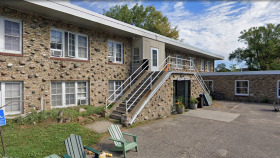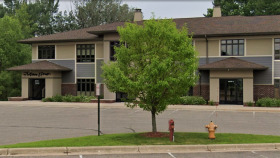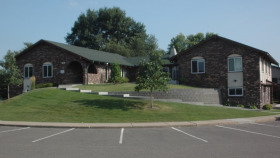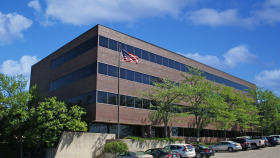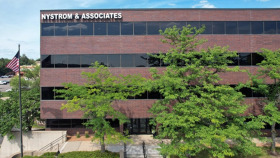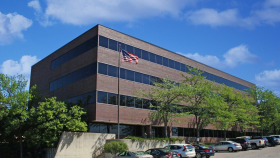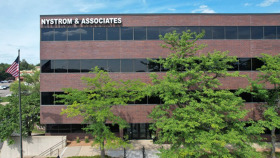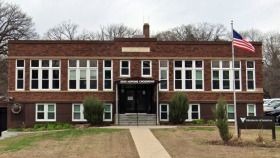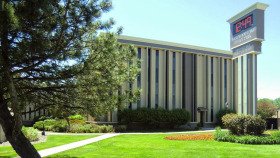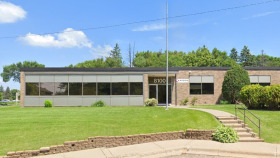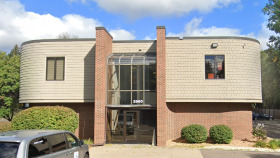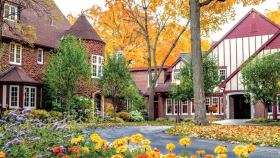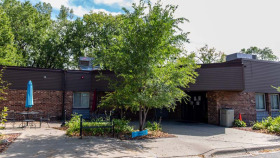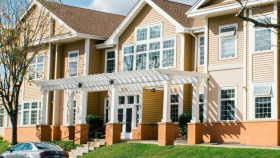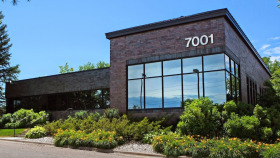Alcohol and Drug Use Statistics in Plymouth, MN
The following statistics demonstrate recent trends in substance abuse in Hennepin County:
There were 96 psychostimulant-related deaths in 2020.2
There were 1,646 emergency room visits for nonfatal opioid overdoses in 2020.2
In 2020, residents 25-34 years old had the greatest number of ER visits for opioid-involved overdose (618 visits).2
The opioid-related death rate for Hennepin residents in 2021 was highest among White individuals, at 144 per 100,000 population, followed by Black/African Americans (127), then American Indians (32).1
Levels of Substance Abuse Treatment
Addiction needs vary by person and situation. The following levels of treatment are available to meet these various needs.
Alcohol and Drug Detoxification
Before beginning a formal inpatient or outpatient program, detox is often necessary. This is the process of safely and comfortably removing drugs or alcohol from your system. Detox occurs in a supervised setting, such as a hospital or inpatient rehab center.
Inpatient Drug and Alcohol Rehab
Residential or inpatient treatment provides 24/7 supervised care while you live at the rehab facility. A combination of treatment interventions is offered, including individual and group therapy, nutritional counseling, experiential therapies, and medication.
Partial hospitalization programs (PHPs)
PHPs allow you to live at home while attending treatment at a hospital. You may receive many of the same treatment services offered through inpatient care, but you can return home during non-treatment hours.
Intensive Outpatient Programs (IOPs)
IOPs are a step down from PHPs. With this program, you attend a few hours of counseling over several days each week while spending the rest of your time at work, school, or fulfilling other obligations.
Standard Outpatient
As the least intensive treatment option, standard outpatient care involves just one to two hours of treatment per week. This level is appropriate for highly motivated people with a strong support system.
Relapse Prevention
Relapse prevention, also referred to as aftercare, begins when you complete a rehab program. It involves ongoing support to encourage continuing sobriety. Supports typically include 12-step groups, therapy, sober living homes, or other accountability.
How to Pay for Substance Addiction Treatment in Plymouth, Minnesota
Private Insurance
The Mental Health Parity and Addiction Equity Act requires all insurance providers to cover substance abuse and mental health treatment services in some capacity. Minnesota residents must confirm with their provider the precise coverage offered under their specific plan.
Minnesota Medicaid
Medical Assistance (MA) is Minnesota’s Medicaid program. This government program provides healthcare plans for Minnesota residents with low income. MA serves children and families, pregnant women, adults without children, seniors, and people who are blind or have a disability.5
Minnesota Medicare
Minnesota Medicare is a national health insurance program that provides health insurance for Minnesotans age 65 or older, have a disability status, or have end-stage renal disease or ALS. Medicare plans cover addiction treatment services; however, the rehab center must accept Medicare as a form of payment.
TRICARE in Minnesota
Minnesota TRICARE (West region) is a government program providing health insurance coverage to the U.S. Armed Forces military personnel, veterans, and their dependents. This coverage includes addiction treatment services.
Sliding Scale Rehabs
Sliding scale rehabs charge Minnesota residents only what they can afford, based on their income. Facilities typically require participants to provide proof of income to qualify for this discount.
IHS-Funded Drug Rehabs
Indian Health Service (IHS) provides free addiction treatment to Alaskan Natives and Indigenous people in the U.S.
Traveling to and Within Plymouth, MN
If you plan to travel for alcohol and drug rehab in Plymouth, MN or visit a loved one who is undergoing treatment at a Plymouth drug and alcohol rehab, use these valuable tips to guide your travel plans:
- The closest airport to Plymouth is Minneapolis Airport, 15 miles away. Other nearby options include Rochester (90 miles) and Brainerd (102 miles).
- If you plan to rent a car, consider picking up your vehicle at one of the rental company locations in Plymouth rather than at the airport. This could save you up to 20% due to fees and taxes assessed at the airport.
- Metrolink provides bus commuter routes and on-demand shuttle service within Plymouth and for travel to Minneapolis. Fares are $2.50 or $1.00 for seniors and those with disabilities.
- Plymouth is not considered walkable or bikeable, but rideshare services such as Uber and Lyft are available to get around the city by car.
- Plymouth accommodations include several national hotel-chain locations, clustered around the Interstate 494 corridor.
- Popular local attractions include French Regional Park, Millennium Garden, Hilde Performance Center, and Medicine Lake Regional Trail.
- Great day trip options from Plymouth include Minneapolis, St. Paul, and Cedar Lake.
Minnesota Alcohol and Drug Laws
Minnesota lawmakers and public health agencies have enacted the following laws related to substance misuse and overdoses:1,2,3,4
Good Samaritan Overdose Medical Assistance Law: This law stipulates that a person who seeks medical assistance for someone who is experiencing a drug-related overdose may not be charged or prosecuted for the possession or use of a controlled substance or drug paraphernalia. The law also protects the person who is experiencing the overdose from prosecution. This law is designed to remove fear of legal repercussions, to encourage Minnesota residents to call 911 during an overdose situation.
Minnesota’s Drug and Alcohol Testing in the Workplace Act: In Minnesota, employers are not permitted to drug test their employees with impunity. The laws allow only specific instances in which drug and alcohol testing could be legal in the workplace. Policy makers are reviewing these laws now that marijuana use was legalized in Minnesota in 2022.
DWI Laws: Minnesota’s driving while intoxicated laws make it illegal to drive, operate, or be in control of any motor vehicle anywhere in the state while under the influence of a controlled substance, alcohol, or any intoxicating substance; having a BAC of .08 or more; having any amount of a Schedule I or II controlled substance (other than marijuana), in the body. For Minnesotans under the age of 21, consumption of any amount of alcohol and driving of a motor vehicle results in a loss of driver’s license and additional penalties.
Marijuana Laws: As of July 1, 2022, Minnesota residents who are at least 21 years old can legally purchase and consume edible and drinkable products containing hemp-derived THC. The law allows businesses to sell, and individuals to consume products containing no more than five milligrams of THC per serving and no more than 50 milligrams of THC per package.
Resources
- Power BI report. (n.d.). Retrieved December 22, 2022, from https://app.powerbigov.us/view?r=eyJrIjoiMzEyZjA0NjktZDg2My00MWVlLTk5YWMtYWE1NjlmMGIyYWMyIiwidCI6IjhhZWZkZjlmLTg3ODAtNDZiZi04ZmI3LTRjOTI0NjUzYThiZSJ9
- Minnesota Department of Health. (2022). Hennepin County substance use and overdose county profile. https://www.health.state.mn.us/communities/opioids/countyprofiles/documents/hennepincountyoverdosedata.pdf
- Plymouth, MN drug-related crime rates and maps. (n.d.). CrimeGrade.Org. Retrieved December 22, 2022, from https://crimegrade.org/drug-crimes-plymouth-mn/



